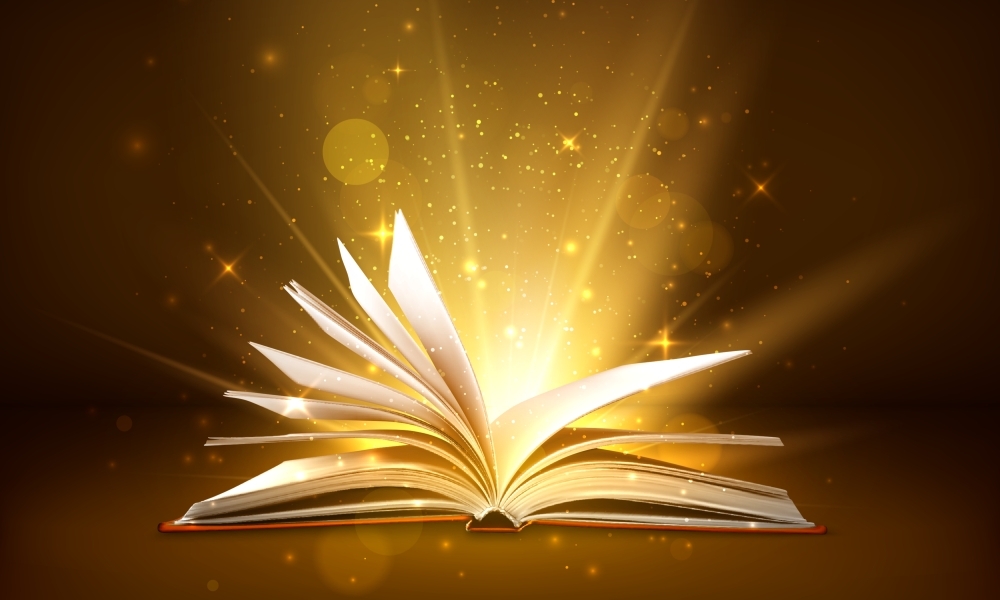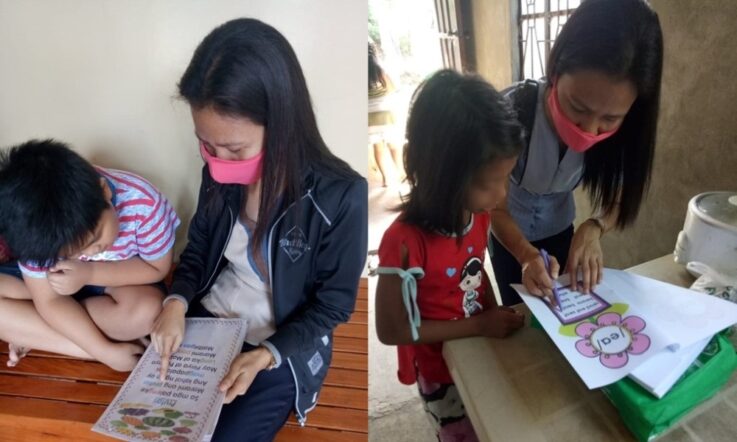I walked around with a pad in hand whispering tips to the children and pulling them in for mini conferences – conversations where students spoke of their writing like ongoing passion projects, sharing sentences that they were proud of, and naming goals that they were going to be working on.
As I think of my class, it looked more like a workshop, almost like artists in a studio or scientists in a lab. Some students were writing on their own, while others were doing so with a partner. Some students were by a basket of books, studying them and then jotting down in their notebooks. All students were invested in their writing. I walk from child-to-child, coaching. There were charts of writing strategies adorning the walls and a couple of students were referring to them, before going back to their writing.
I stopped and took it all in for a second before I realised that all my students had characters with blonde hair and blue eyes; the settings of their stories were boggling. They were all set in parts of the United States and England that they don't know.
It took a minute for the lightning to strike – they were taking inspiration from their reading, which was wonderful because they had learnt sentence variety and vocabulary from seasoned authors. But here’s the thing, they were not characters in their stories. These stories were neither windows nor mirrors, they were stories of broken identity.
Is it the sole purpose of literature to nurture reading habits, enhance fluency and vocabulary? Surely not. I believe that literature has a higher purpose than that – it's a safe space for students to discover themselves, their friends, become empathetic, be inclusive, and understand equity. Literature is an age-old tool that hands down culture, politics and the intricacies of human nature from one generation to the next.
Inspired by my realisation on that day, nose in my computer, I came up with a copious reading list with Indian novels.
I unboxed the books on a crisp Wednesday morning, stacking the smooth shelves with texts written by Indian authors set in India; The Night Diary, Save Me a Seat, When Gia Met Urmila and Unlucky Chumki, and more. We had the old collection, but we had taught our children to choose just right books, to check if it fits their reading levels and interest.
I will never forget how their eyes lit up when a whole new dimension appeared in our classroom library – stories that were about their lives and the lives of their friends. We had done something magical. We had added stories that were mirrors, those that reminded them of their own struggles. What happened after blew my mind.
My children’s story writing changed – it brought out their identities through struggles and motivations that were close to their heart. And, just like that, I understood them more than ever before and became a close friend to every student, privy to the plethora of colours and experiences in their lives.
The magic did not end here. I discovered that the mystery of falling in love with reading was not just that of being surrounded by great literature, but when you were part of the lives of teachers. Teachers who created a safe space where students could talk about struggles that characters had, in a way taking in the stories to be brave enough to open their own lives to their classroom community, forging unbreakable bonds.
And so was born the authentic art of grand conversation in my room. These conversations around characters and ideas took my class as a community to magical places without fear, to places of opinions gracefully shared, and to discussions that made every child valued. There was no right or wrong – we had reached the space of artful conversation and respectful confluence.
I am now a teacher trainer working at Neev Schools in Bangalore. I coach in the classroom and oversee the Reading and Writing program. My perspective has aged with experience. I now help curate libraries and writing units that bring authenticity to the lives of children.
Reading and writing teachers at Neev write their own stories that help guide students into the world of narrative craft. We, as a teaching community, add to the growing library a fresh selection of Indian books every year; we leave no stone unturned as we bring in stories that build courage, citizenship, and honest engagement in our classrooms. They are transformed into spaces where children hone, build and celebrate their own lives and culture.
If teachers can bring relatable mentor texts into their classroom and support their students as they pour their hearts out in their own writing, then reading can become a wonderful bridge between school and the world of the child and, in turn, writing becomes authentic.
What books do you have in your own classroom? Do any of them reflect the lives and experiences of your students? Think about your students’ writing – are the characters and settings ever linked to their own lives? How can you work to bring relatable mentor texts into your classroom?



